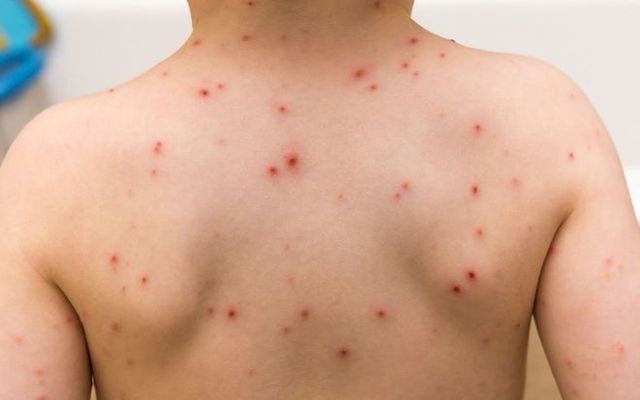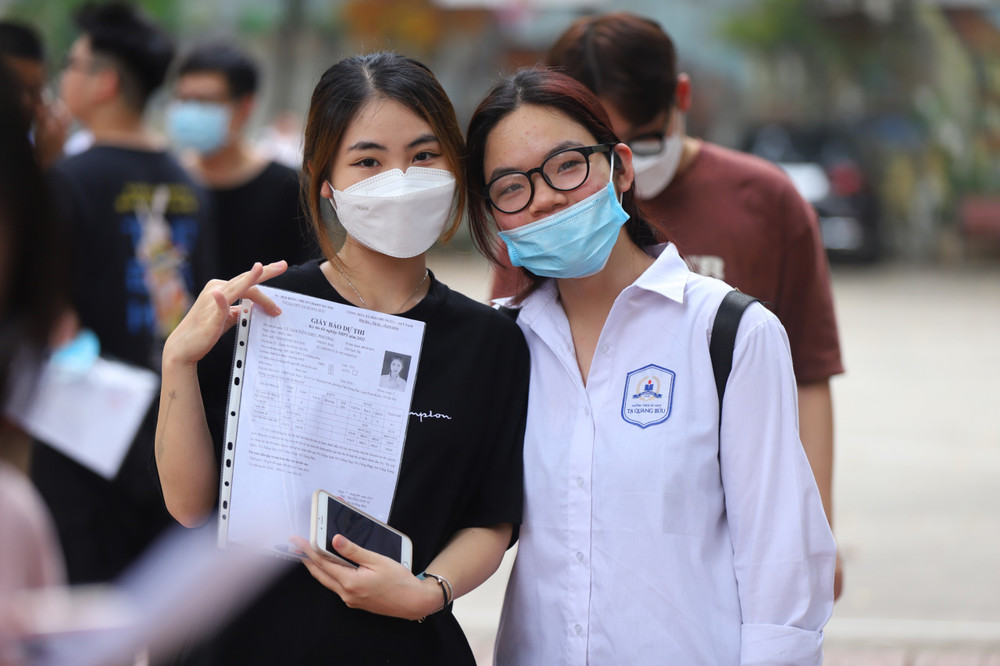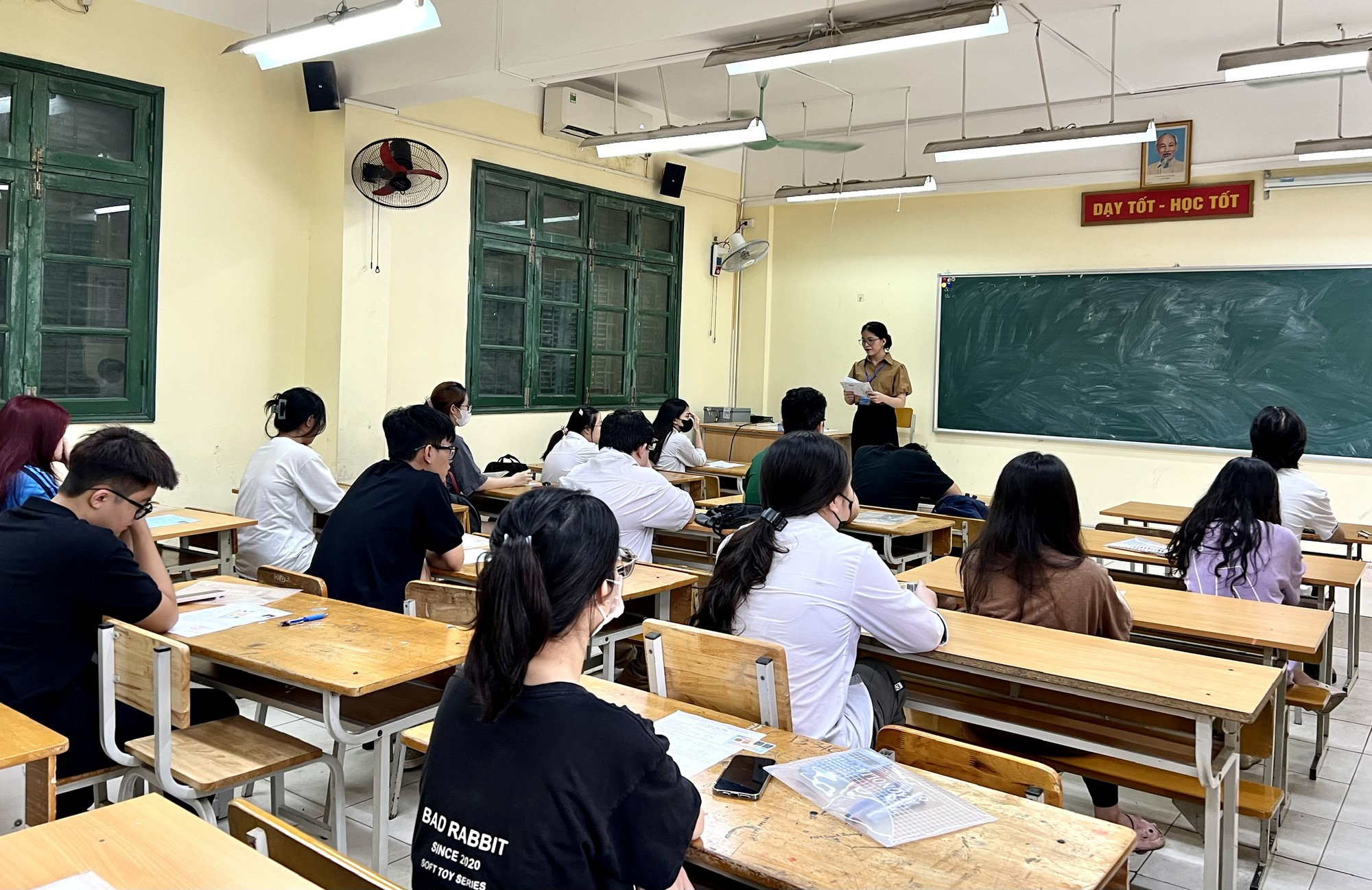Ministry of Health's request regarding strengthening the implementation of measures for the prevention and control of measles in Vietnam
Below article will provide the content of the Ministry of Health's request regarding strengthening the implementation of measures for the prevention and control of measles in Vietnam.

Ministry of Health's request regarding strengthening the implementation of measures for the prevention and control of measles in Vietnam (Internet image)
On August 28, 2024, the Ministry of Health of Vietnam issued Official Dispatch 5099/BYT-DP regarding the enhancement of the implementation of measures for the prevention and control of measles in Vietnam.
Ministry of Health's request regarding strengthening the implementation of measures for the prevention and control of measles in Vietnam
Since the beginning of 2024, the incidence of measles has increased more than 8 times compared to the same period in 2023 and is showing an upward trend in some localities. In Ho Chi Minh City, on August 27, 2024, the People's Committee of Ho Chi Minh City declared a measles epidemic, a group B infectious disease throughout the entire city. To strengthen the epidemic prevention and control work, to prevent the spread and outbreak of measles in the community, the Ministry of Health of Vietnam respectfully requests the People's Committees of provinces and cities under the Central Government to focus on directing the implementation of the following contents:
- Continue to direct units and localities to organize and implement Official Dispatch 4847/BYT-DP dated August 19, 2024, regarding proactive deployment of epidemic prevention during the back-to-school season; Official Dispatch 4992/BYT-DP dated August 23, 2024, regarding the implementation of measles vaccination and guidelines and recommendations on measles disease prevention and control.
- Direct the Department of Health and local authorities at all levels to closely monitor the epidemic situation; proactively monitor, detect early, isolate for treatment, and prevent infection, promptly handle outbreaks; regularly assess risks, analyze the situation, and propose suitable and effective epidemic prevention measures; proactively cooperate with Ho Chi Minh City and neighboring localities to share and update information on the epidemic situation; simultaneously implement epidemic prevention measures to prevent the spread and outbreak of the epidemic in the area.
- Direct the Department of Information and Communications, press agencies, and local media to cooperate with the health sector in regularly updating information on the epidemic situation so that people can proactively take preventive measures and avoid panic and worry in public opinion. Enhance communication, advocacy to bring children for full and timely vaccination and recommend and guide the implementation of preventive measures such as limiting gatherings, regularly washing hands with soap, and wearing masks when going to public places and crowded areas.
More details can be found in Official Dispatch 5099/BYT-DP dated August 28, 2024.
Measles Symptoms
Typically, for the classic form, measles symptoms include:
- Incubation period: 7-21 days (average 10 days).
- Initial stage (inflammatory stage): 2-4 days. The patient has high fever, upper respiratory tract inflammation, and conjunctivitis, sometimes with acute laryngitis, Koplik spots can be seen as small, white/gray spots with a red halo, raised on the mucous surface of the cheek (inside the mouth, lateral to the upper molars).
- Eruptive stage: Lasts for 2-5 days. Usually, after 3-4 days of high fever, the patient begins to develop a rash, pink maculo-papular rash that disappears when skin is stretched, appearing from behind the ears, neck, forehead, face, neck gradually spreading to the body and limbs, including palms and soles. When the rash covers the entire body, the body temperature gradually decreases.
- Recovery stage: Rash gradually fades, turns gray, peels off in dark scales, leaving tiger-skin dark spots that disappear in the order they appeared. The disease resolves on its own if no complications arise. Cough may persist for 1-2 weeks after the rash disappears.
Additionally, symptoms of the atypical form of measles may include:
- Clinical manifestations may include transient mild fever, mild inflammation, and sparse rash, normal general health. This form is easily overlooked, leading to unnoticed disease transmission.
- Patients might also have continuous high fever, atypical rash, limb edema, body pain and fatigue, often associated with severe pneumonia.
(Decision 1327/QD-BYT dated April 18, 2014)
- Guidelines for maintenance and renovation of villas in Ho Chi Minh City
- Guidelines for maintenance and renovation of villas in Ho Chi Minh City
- Resolution 190: Principles for addressing certain issues related to the organization and arrangement of state apparatus in Vietnam
- Guidance on identifying cases of inaccurate or non-operational electricity meters in Vietnam
- Official Telegram 16: Urgent requirement to allocate the entire state budget investment plan in 2025 in Vietnam
- Prime Minister of Vietnam directs to accelerate allocation and disbursement of public investment capital in 2025 in Vietnam
-

- Procedures for high school admission in Vietnam
- 14:25, 21/02/2025
-

- Resolution 190: Principles for addressing certain ...
- 11:30, 21/02/2025
-

- Guidance on identifying cases of inaccurate or ...
- 11:00, 21/02/2025
-

- Official Telegram 16: Urgent requirement to allocate ...
- 08:00, 21/02/2025
-

- Circular 04/2025 stipulating on the quality assessment ...
- 18:41, 20/02/2025
-

- Guidelines for maintenance and renovation of villas ...
- 14:30, 21/02/2025
-

- Guidelines for maintenance and renovation of villas ...
- 14:30, 21/02/2025
-

- Procedures for high school admission in Vietnam
- 14:25, 21/02/2025
-

- Resolution 190: Principles for addressing certain ...
- 11:30, 21/02/2025
-

- Guidance on identifying cases of inaccurate or ...
- 11:00, 21/02/2025

 Article table of contents
Article table of contents
